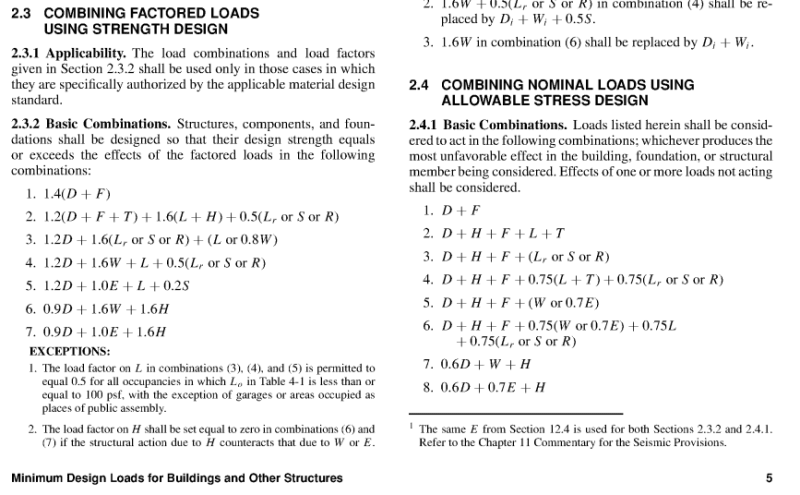WorcesterSorcerer
Mechanical
I am assessing a tank that will be filled and unfilled on a daily basis with water. I'm using FEA and have modeled the hydrostatic pressure. I usually work to Eurocodes but have yet to find anything useful in the various tank and silo codes. Just vague notes that I should assess hydrostatic pressure, and no notes on live load factoring. Poor really , unless I've missed something definitive.
Given the load is variable, I'm thinking a live load factor of 1.5 would apply. Does this sound over the top - or - not enough? Hopefully, somewhere between
Given the load is variable, I'm thinking a live load factor of 1.5 would apply. Does this sound over the top - or - not enough? Hopefully, somewhere between


![[glasses] [glasses] [glasses]](/data/assets/smilies/glasses.gif)